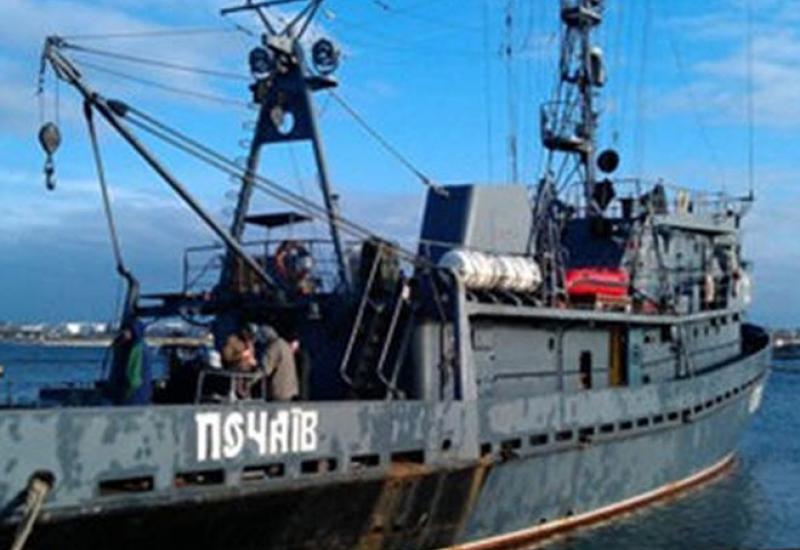There exist different students. Some of them believe that at first you need to study all the theory from the beginning to the end of the book, and only then start putting something into practice. Others, vice versa,believe that the only theory you need is one, that can be used in practice.
But still there are students who dream about combining theory and practice. The striking examples of such students are masters of Acoustics and Acoustics-Electronic department of NTUU “KPI” Dmytro Maslov, Oleksandr Nyjnik and Yaroslav Staravoyt, who gladly agreed to tell “Kyiv Polytechnica” about how they “abased themselves to such a life”.
This is what Dmytro Maslov told us: “When I was studying in NTUU “KPI” at the Acoustics and Acoustics-Electronic department for the three years already, the head of our department V.S Didkoysky and professor O.G Leyko offered me to undertake a trial internship at the position of engineer in Kyiv State Research Institute of Airplanes. I agreed and I have no regrets: due to such experience I managed to visit a lot of cities such as Sevastopol, Saky, Katseveli – all at the coast of Black Sea. Besides this, I even managed to travel to India on the basis of naval forces of Ukraine in Goa.
Being on the business trip I also was a member of a team from Researsh Centre, specialized in hydro instruments, along with V.O Komarov – the protector of design manager and others engineers and scientists. In Sevastopol we put out to sea in order to test self-inclusive anchor station “Olymp -2”, which consisted of two modules – vector-phase antenna system and plate group, and also of drawing machine and radio signal buoy.
I was charged to be an operator measure post. So I was responsible for all the gauges and hydroacoustic transformer.
According to methods of tests in situ I had to sail on the board of ship “Pochaiv” the battle cries near “Olymp -2”, that was installed at the bottom of the sea with the help of special bathyscaph and received data about hydrology of test area and I also had to calibrate vector-phase antenna system “Olymp”.
Hydro-acoustics radiator immersed to different depths and served as a submarine simulator. "Olymp-2" had to give information about the direction of this underwater object.
Work on radiation post is very challenging both intellectually and physically. Intellectual work is what we should keep in mind all the settings and know the function of each device, and we shouldn’t misrecognize any connection and switching, and to answer the demands of chief designer.
To work on this post I have to use absolutely all knowledge that I was taught in the university - the theory of electrical circuits, signal processing, electroacoustic transducers, acoustic antennas. In physical sense it’s difficult as that all the devices together are of rather considerable weight (some converters weigh up to 90 kg), and it’s pretty hard to move them. Besides ,the tests are not carried out in a day or two , sometimes it happens even without sleep ,furthermore it is carried out - at the open sea. However, in terms of acquisition of practical skills, experience and practice it is invaluable , because had to deal not only with real projects and products but also cooperate hand in hand with the servicemen, and furthermore all this happens in specific marine conditions. Being able to communicate with people who have been dealing with things which I was taught at the university, and to hear the story of their experience – is worth much. Only while working at the State Research Institute of Hydrodevices I managed to find out I that I could use all the theoretical knowledge I gained over the years while studying at our department, and understand why all this had to be learned.

